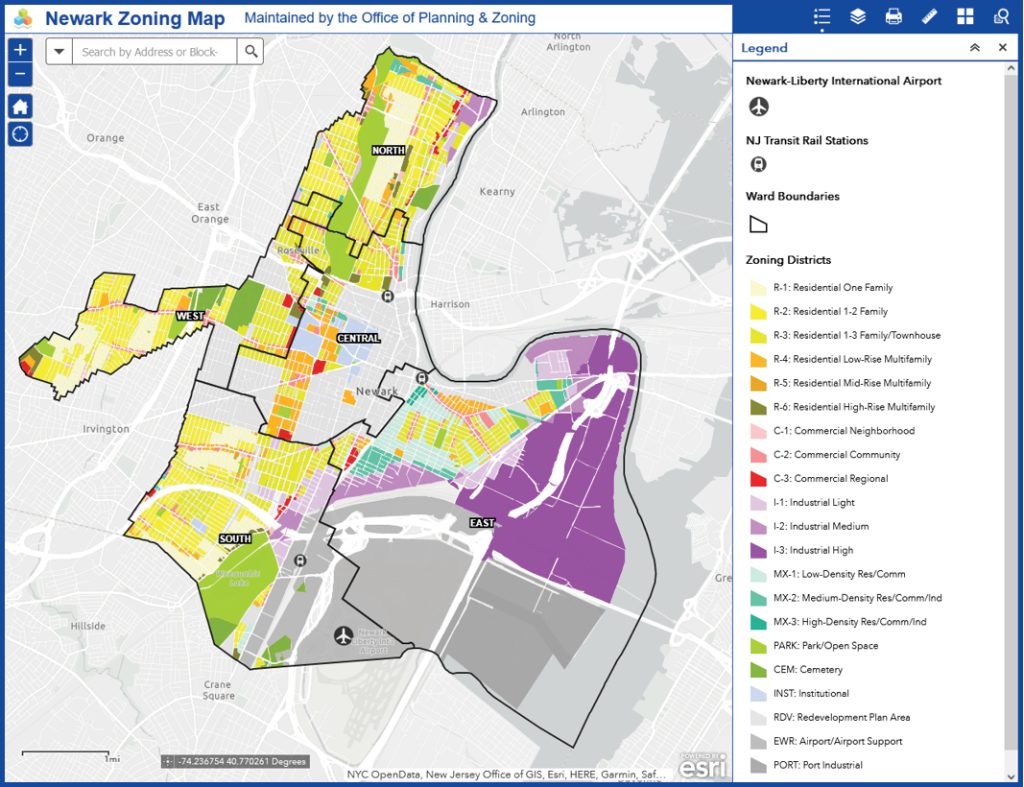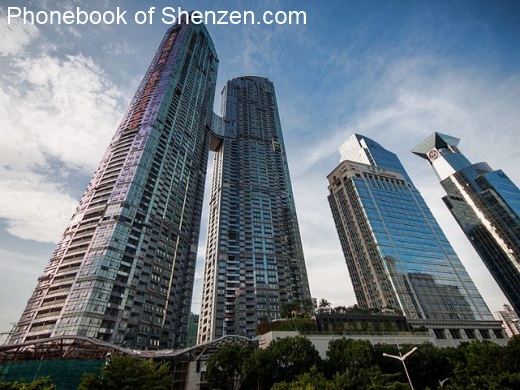Mazak to unveil latest manufacturing innovations at DISCOVER 2025 – Canadian Metalworking

Report on Mazak Corporation’s DISCOVER 2025 Event and Alignment with Sustainable Development Goals (SDGs)
Event Overview and Strategic Focus
Mazak Corporation has scheduled its DISCOVER 2025 event for October 6–10 at its North American headquarters in Florence, Kentucky. The event will serve as a platform to demonstrate advancements in manufacturing technology, with a focus on providing solutions that enhance productivity and profitability. The showcase will be structured around four “Action Areas”: Advanced Machining, High-Volume Production, Multi-Tasking Technology, and Shop Solutions, featuring over 30 machine tools in live operation.
Contribution to SDG 9: Industry, Innovation, and Infrastructure
The event is fundamentally aligned with SDG 9, which promotes building resilient infrastructure, fostering inclusive and sustainable industrialization, and encouraging innovation. Mazak will demonstrate this through:
- Advanced Machining Platforms: The presentation of new VTC-Ez Series, advanced VARIAXIS, and HCN NEO platforms exemplifies technological upgrading and innovation within the industrial sector.
- Integrated and Hybrid Technologies: The debut of grinding integration for INTEGREX i-H and HYBRID series machines showcases innovation aimed at creating more efficient and sustainable industrial processes by consolidating multiple operations, reducing setup times, and minimizing the factory footprint.
- Automation Infrastructure: Demonstrations of the Ez LOADER cobot and PALLETECH High-Rise System will present scalable automation solutions, contributing to the development of resilient manufacturing infrastructure capable of adapting to market and labor demands.
- Sustainable Industrialization Showcase: Tours of Mazak’s iSMART Factory will provide a real-world example of a modern, efficient, and sustainable industrial facility in practice.
Advancing SDG 8: Decent Work and Economic Growth
DISCOVER 2025 will highlight technologies that support sustained, inclusive, and sustainable economic growth, as well as productive employment and decent work for all. Key contributions include:
- Addressing Labor Challenges: Automation-ready systems are presented as a direct response to labor shortages, enabling the workforce to transition to higher-value, skilled tasks and promoting full, productive employment.
- Boosting Economic Productivity: The event’s core mission, as articulated by company president Dan Janka, is to enhance customer competitiveness. The technologies on display are designed to increase throughput and profitability, thereby stimulating economic growth within the manufacturing sector.
Supporting SDG 12: Responsible Consumption and Production
The technologies featured at the event contribute to ensuring sustainable consumption and production patterns by improving resource efficiency.
- Resource Efficiency: Multi-Tasking centers, such as the INTEGREX and SYNCREX platforms, and single-setup grinding capabilities are engineered to reduce energy consumption, minimize material waste, and decrease the number of machines required for a given production process.
- Process Optimization: Advanced digital technologies and AI-focused discussions aim to optimize manufacturing workflows, leading to more responsible and efficient use of raw materials and energy.
Fostering SDG 4: Quality Education
The event incorporates significant educational components, aligning with the goal of ensuring inclusive and equitable quality education and promoting lifelong learning opportunities.
- Knowledge Sharing: The agenda includes keynote presentations, technical panels, and expert-led sessions on critical topics such as digital manufacturing, AI, and cybersecurity.
- Skills Development: These educational forums provide industry professionals with valuable opportunities to acquire technical and vocational skills necessary to navigate and succeed in the future of manufacturing.
Analysis of Sustainable Development Goals in the Article
1. Which SDGs are addressed or connected to the issues highlighted in the article?
SDG 8: Decent Work and Economic Growth
- The article’s focus on helping manufacturers “stay competitive” and “driving productivity and profitability” directly aligns with the goal of sustaining economic growth. The introduction of advanced automation and technology addresses “labor challenges,” aiming to enhance economic productivity.
SDG 9: Industry, Innovation, and Infrastructure
- This is the most prominent SDG in the article. The entire piece centers on a manufacturing technology event (DISCOVER 2025) that showcases “latest advancements in machining, automation, digital technology, and manufacturing strategy.” It highlights the development of resilient infrastructure and the promotion of inclusive and sustainable industrialization through technological innovation, such as Mazak’s iSMART Factory.
SDG 12: Responsible Consumption and Production
- The article implicitly touches upon this goal by emphasizing efficiency. Innovations like “automated multi-surface grinding in a single setup” are designed to streamline processes, which leads to more efficient use of resources (energy, materials, time) and reduces waste, contributing to more sustainable production patterns.
2. What specific targets under those SDGs can be identified based on the article’s content?
Targets under SDG 8
- Target 8.2: “Achieve higher levels of economic productivity through diversification, technological upgrading and innovation…” The article directly supports this target by describing an event focused on showcasing “latest advancements” and “real-world solutions for driving productivity.” The promotion of new machines, automation like the “Ez LOADER cobot,” and digital technologies are all forms of technological upgrading to boost economic productivity.
Targets under SDG 9
- Target 9.4: “By 2030, upgrade infrastructure and retrofit industries to make them sustainable, with increased resource-use efficiency and greater adoption of clean and environmentally-friendly technologies and industrial processes…” The article describes technologies that increase resource-use efficiency. For example, the “grinding integration packages for its INTEGREX i-H and HYBRID series, enabling automated multi-surface grinding in a single setup,” reduces the need for multiple machines and setups, thus saving energy and time. The tour of Mazak’s “iSMART Factory” also showcases a retrofitted, efficient industrial environment.
- Target 9.5: “Enhance scientific research, upgrade the technological capabilities of industrial sectors… encouraging innovation…” The DISCOVER 2025 event is a platform for this very purpose. It features “more than 30 machine tools in live operation,” “keynote presentations, technical panels, and expert-led training sessions” on topics like “digital manufacturing, AI, [and] cybersecurity,” all aimed at upgrading the technological capabilities of the manufacturing sector.
Targets under SDG 12
- Target 12.2: “By 2030, achieve the sustainable management and efficient use of natural resources.” The drive for efficiency in the technologies presented, such as single-setup grinding and automation systems that “boost throughput,” contributes to the more efficient use of natural resources by minimizing waste, energy consumption, and production time per unit.
3. Are there any indicators mentioned or implied in the article that can be used to measure progress towards the identified targets?
Indicators for Target 8.2
- The article implies progress through qualitative indicators such as the ability to “boost throughput” and “driving productivity and profitability.” The adoption rate of the showcased technologies by manufacturing companies would be a key quantitative indicator of increased economic productivity.
Indicators for Target 9.4
- An implied indicator is the improvement in process efficiency. The “automated multi-surface grinding in a single setup” can be measured by the reduction in energy consumption, setup time, and floor space required per part produced, which are all measures of increased resource-use efficiency.
Indicators for Target 9.5
- The article provides several implied indicators of investment in innovation and technology dissemination. These include:
- The number of new technologies and machines showcased: “more than 30 machine tools in live operation.”
- The introduction of specific new platforms: “new VTC-Ez Series, advanced VARIAXIS and HCN NEO platforms, INTEGREX Multi-Tasking centers, and SYNCREX Swiss-type machines.”
- The number of knowledge-sharing events: The DISCOVER 2025 event itself, along with its “keynote presentations, technical panels, and expert-led training sessions.”
Indicators for Target 12.2
- The primary implied indicator is the increase in manufacturing efficiency. The ability to “boost throughput” and perform multiple operations in a “single setup” suggests a reduction in material waste and energy use per unit of output, which is a direct measure of more efficient resource use.
4. Table of SDGs, Targets, and Indicators
| SDGs | Targets | Indicators Identified in the Article (Implied or Direct) |
|---|---|---|
| SDG 8: Decent Work and Economic Growth | Target 8.2: Achieve higher levels of economic productivity through technological upgrading and innovation. |
|
| SDG 9: Industry, Innovation, and Infrastructure |
Target 9.4: Upgrade infrastructure and retrofit industries for increased resource-use efficiency.
Target 9.5: Enhance scientific research and upgrade the technological capabilities of industrial sectors. |
|
| SDG 12: Responsible Consumption and Production | Target 12.2: Achieve the sustainable management and efficient use of natural resources. |
|
Source: canadianmetalworking.com

What is Your Reaction?
 Like
0
Like
0
 Dislike
0
Dislike
0
 Love
0
Love
0
 Funny
0
Funny
0
 Angry
0
Angry
0
 Sad
0
Sad
0
 Wow
0
Wow
0
















































































